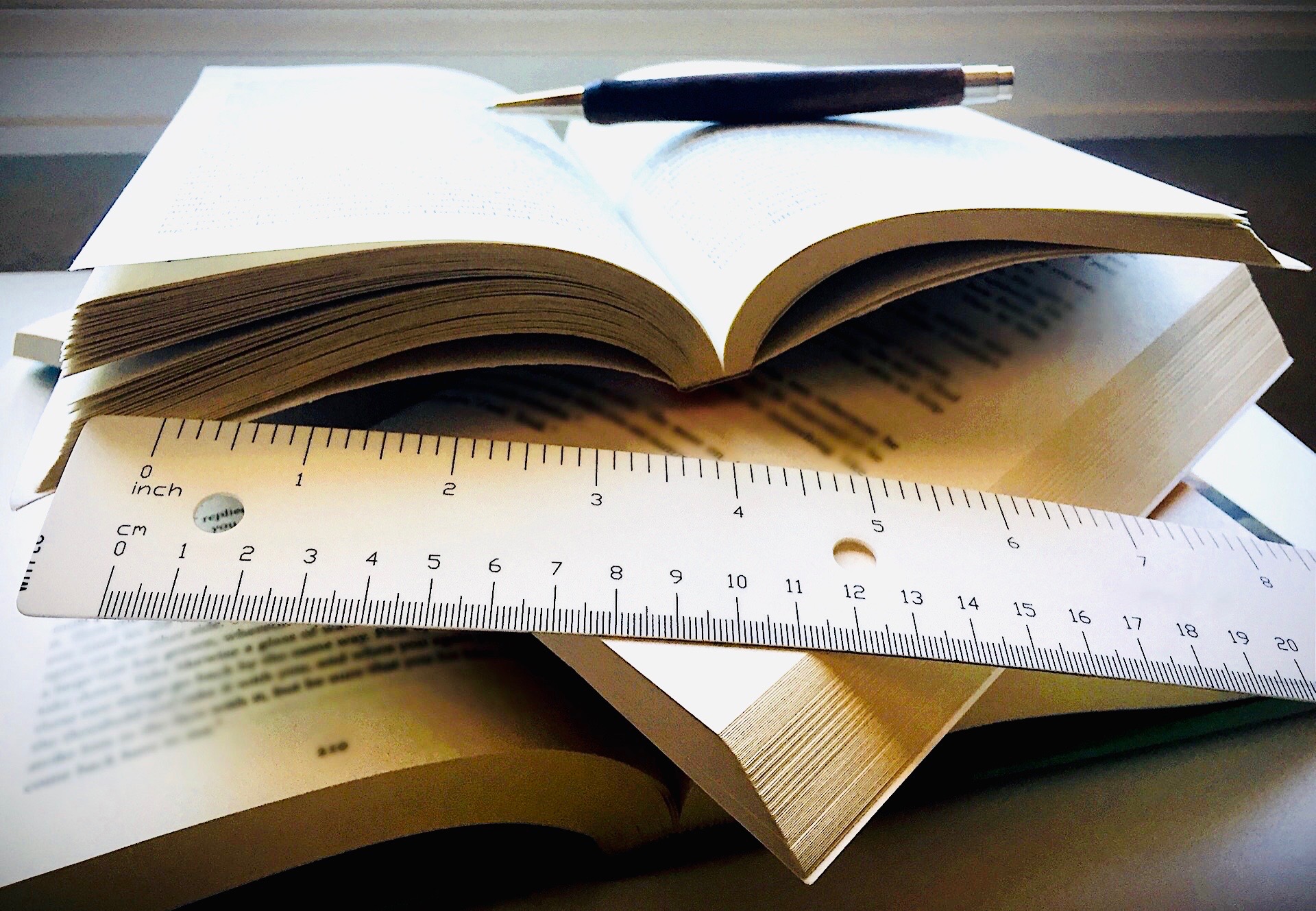Book Typesetting
What is book typesetting and why is it so important?
When you open up a book, you expect the pages to look a certain way, right? Well it turns out that the interior layout of a book is key in creating the ultimate reading experience. In the publishing world, this is called typesetting: the process of setting text onto a page.
It involves making vital decisions on various elements on the page such as the following:
- trim size
- book block
- margins
- alignment
- widow and orphan lines
- lines following a subhead
- line spacing
- paragraph spacing
- font type and size
- proper dashes
- word stacks
- quotation marks
- justification
- headers and footers
- illustrations
Successful typesetting is invisible. In other words, the text must be arranged in a professional and pleasing way so as to not distract the reader. Every typesetting factor is part of a subtle and complex system that communicates to the reader on a subconscious level, and it’s easy to get it wrong. Although is may seem simple, typesetting is one of the hardest processes, separating amateur books from professional books.
Wouldn’t it be a pity to spend so much time and energy writing a book, only to lose readers because of poor typesetting?
Investing in proper typesetting is paramount. If you need help or would like to learn more, please reach out!

